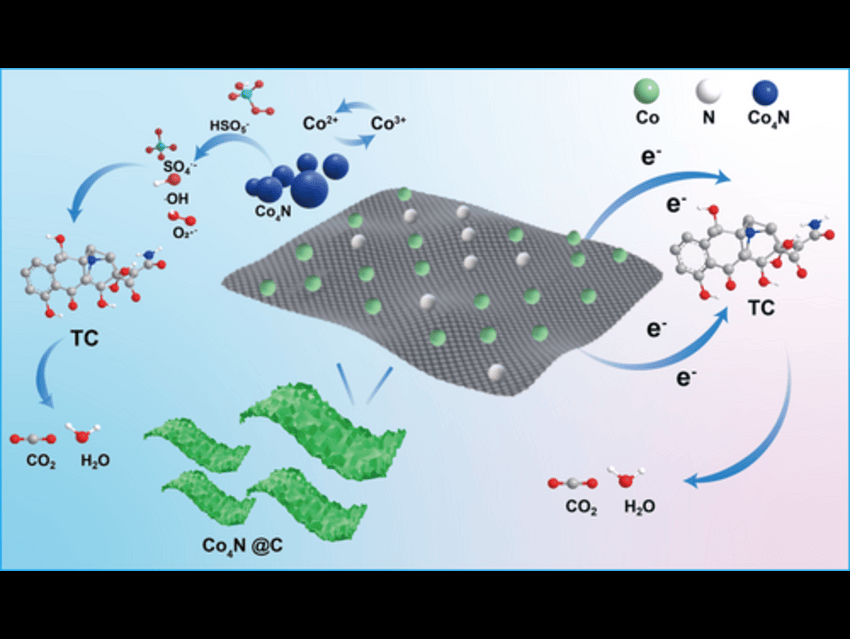The research addressed rising antibiotic pollution, focusing on tetracycline contamination in water. Tetracycline is a widely used antibiotic that can persist in the environment, posing risks to ecosystems and human health. Traditional methods to remove it are often inefficient or costly.
A team, including Guangyin Fan, Sichuan Normal University, Chengdu, China, and colleague conducted this study. The team developed a new catalyst material called Co₄N@C, which is cobalt nitride embedded in carbon. The catalyst showed high efficiency in breaking down tetracycline using peroxymonosulfate (PMS), a powerful oxidizing agent.
To create the Co₄N@C catalyst, researchers mixed cobalt nitrate, glucose, and NaCl, then heated the blend, which resulted in the formation of cobalt nitride (Co₄N) nanoparticles embedded within carbon. After heating, the salt was simply washed away with water, leaving behind a well-developed porous structure. The catalyst’s performance was then evaluated in water containing tetracycline and PMS. During testing, the material demonstrated strong catalytic activity by breaking down tetracycline through radical-based oxidation reactions. It also exhibited excellent speed, stability, and efficiency and could be reused effectively over multiple treatment cycles.
This innovative method presents a scalable and environmentally friendly approach to removing antibiotics from contaminated water. By utilizing salt templates, it not only simplifies the production process but also lays the groundwork for creating a broader range of metal nitride-based catalysts. Looking ahead, this technology could be adapted for use in large-scale wastewater treatment facilities or compact water purification systems, offering flexible solutions to improve water quality in diverse settings.
- Water-Soluble Salt-Template-Assisted Fabrication of Co4N@C for Efficient Tetracycline Destruction via Peroxymonosulfate Activation
Lan Lin, Guangyin Fan
ChemNanoMat 2025
https://doi.org/10.1002/cnma.202500150



